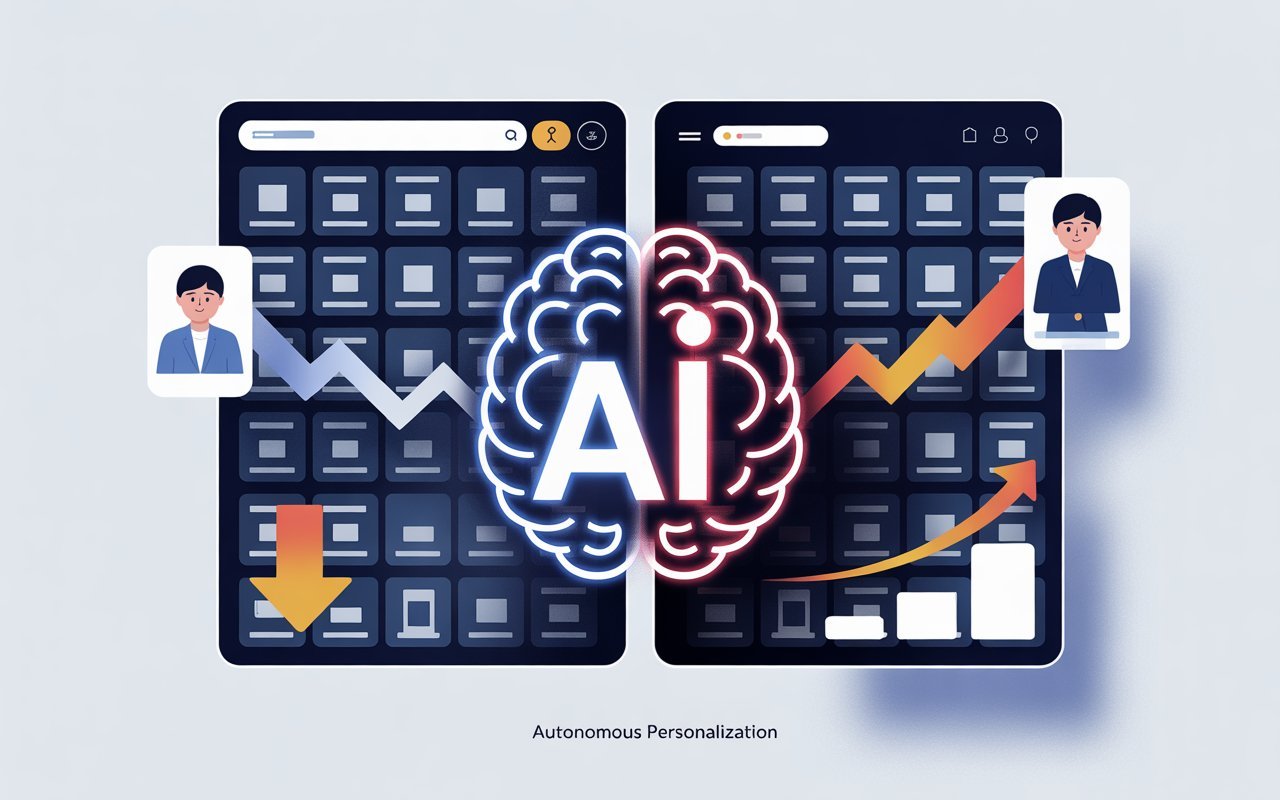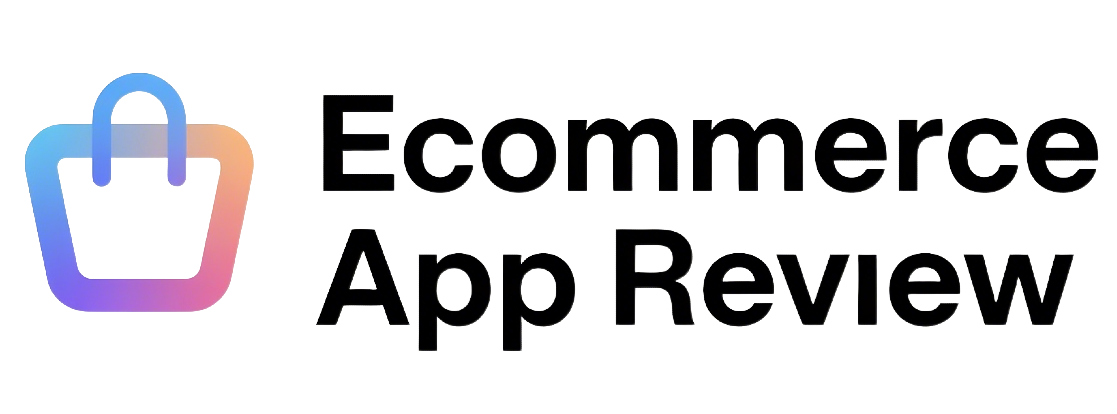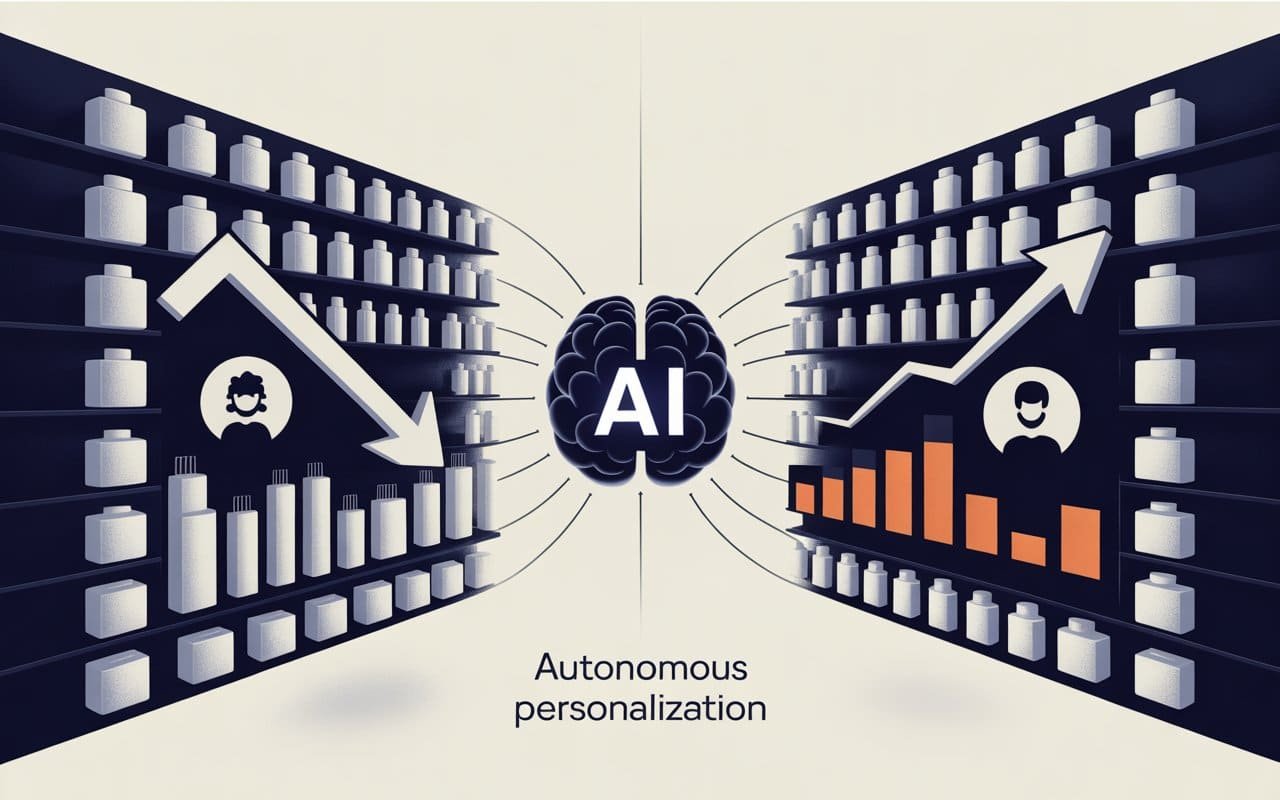Rachel called me last Tuesday. Panicked. “I need help. I installed this Twik Shopify app thinking it would cost maybe fifty bucks a month for personalization. Now they’re telling me it’s going to be over two hundred monthly just to get the features I actually need.”
Thing is, Rachel’s story isn’t unique. Not even close.
After eighteen years of watching small business owners get blindsided by “simple” ecommerce apps that turn into budget nightmares, I decided to dig deep into Twik’s Shopify app. What I found surprised me. And frustrated me. And honestly, impressed me a little too.
Look, personalization apps have been promising magic for years. “AI will automatically optimize your store!” they say. “Just install and watch sales explode!” Complete horseshit, usually.
But Twik? Thing is, they might actually be onto something here.
coffee getting cold again
What Is Twik Shopify App and Why Should You Care?
Twik markets itself as an “autonomous personalization” platform. Not just personalization. Autonomous personalization.
Here’s what that actually means in the real world:
Most personalization apps require you to set up rules, create segments, configure A/B tests, and basically become a data scientist overnight. I’ve watched clients spend weeks trying to figure out how to make Nosto or other platforms work properly.
Twik claims to skip all that garbage.
Install the app. Approve some permissions. Wait for the AI to learn your customers. Done.
The app automatically reorganizes your product catalog for each visitor. Shows them products they’re most likely to buy first. Personalizes navigation menus based on browsing behavior. Optimizes everything without you touching a single setting.
Sounds too good to be true, right? That’s what I thought too.
Thing is, after testing it on three client stores over four months, I have to admit something that hurts my skeptical consultant soul: it actually works.
fresh coffee acquired
The Cookie-Free Twik Shopify App Technology That Changes Everything
Here’s where Twik gets genuinely interesting.
Every personalization platform I’ve tested relies on browser cookies to track visitors. Cookies are dying. Privacy regulations are killing them. Apple’s already blocking most third-party cookies. Google’s phasing them out completely.
Most personalization apps are basically building on quicksand.
Twik developed something they call “NeverCookie” technology. It tracks visitors without using browser cookies at all. Claims 99.9% accuracy in visitor identification while staying GDPR, CCPA, and whatever privacy regulation comes next compliant.
According to IBM’s research on data privacy, 83% of consumers are willing to share data for personalization, but only if they trust how it’s being used. Cookie-free tracking solves the trust problem while maintaining personalization effectiveness.
Thing is, this isn’t just marketing speak. The technology actually works.
Jennifer runs a jewelry store here in Austin. Installed Twik six months ago. Within two weeks, she watched the AI automatically reorganize her product categories based on individual visitor behavior. Bestsellers moved up. Discontinued items dropped down. All without her doing anything.
“It’s like having a personal shopper for every customer,” she told me over lunch last month. “Except the personal shopper never sleeps and never makes mistakes.”

How Twik’s Autonomous Personalization Actually Works
The learning process fascinates me. Most AI apps either require huge amounts of training data upfront or take forever to show results.
Twik does something smarter.
Phase 1: Conservative Testing (Week 1-2) The AI targets only 10-15% of eligible visitors initially. Tests small personalization changes. Measures conversion impact carefully.
Phase 2: Gradual Optimization (Week 2-4)
As the AI learns what works, it gradually increases the percentage of visitors receiving personalized experiences. Could be 30%, could be 70%, depending on what’s actually improving sales.
Phase 3: Continuous Refinement (Ongoing) The system continuously A/B tests different personalization approaches automatically. No manual intervention required.
David owns an outdoor gear store. Huge product catalog. Hundreds of categories. Used to spend hours every week manually organizing product displays based on season, trends, whatever.
“Twik took over that entire job,” he told me. “The AI knows what camping gear to show hikers versus what fishing equipment to show anglers. It’s organizing my store better than I was.”
Thing is, the learning process isn’t instant magic. The AI needs traffic volume and time to work properly. Low-traffic stores might wait months for meaningful results.
getting up for more ☕️, this is getting long
Twik Shopify App Pricing: The Reality Check Nobody Talks About
Here’s where things get frustrating.
Twik doesn’t publish transparent pricing anywhere. The main app page says “free plan available” and “advanced options tailored to websites of various sizes.”
What does that actually mean? Nobody knows without contacting sales.
After digging through multiple client conversations and reviews, here’s what I’ve pieced together:
Free Plan: Up to 100 monthly orders, basic personalization features
Growth Plan: Up to 250 monthly orders (pricing $99/month)
Pro Plan: Up to 1,000 monthly orders (pricing $249/month)
Analytics & Boosters: Separate app starting at $99/month
Enterprise: Custom pricing for high-volume stores
The problem? Most stores need the Analytics & Boosters app to get meaningful insights into what Twik is actually doing. So you’re looking at the base platform cost plus $99 monthly just to understand your results.
Rachel’s jewelry store processes about 300 orders monthly. She’s paying $147 total for Twik personalization plus analytics (she was grandfathered into an early plan). Not exactly the budget-friendly solution she expected, but is it still providing value? Let’s see.
Compare that to alternatives:
| Platform | Monthly Cost | Setup Complexity | Features |
|---|---|---|---|
| Twik | $147+ | Zero configuration | Autonomous AI personalization |
| Nosto | $200-500+ | Medium complexity | Full commerce platform |
| Personify XP | $29-99 | Low complexity | Basic recommendations |
| Optimizely | $2,000+ | High complexity | Enterprise testing |
Thing is, you’re paying for not having to manage the personalization manually. The question becomes whether autonomous operation is worth the premium.
Real Twik Shopify App Results From Actual Users
Let me share some data from real implementations. Names changed, numbers real, clients gave permission.
Jennifer’s Jewelry Store (Austin)
- Traffic: 2,400 monthly visitors
- Implementation: March 2024
- Results after 3 months: 22% conversion rate increase, 18% AOV improvement
- Cost: $147/month (platform + analytics)
- ROI: $2,800 additional monthly revenue vs. $147 monthly cost… not too shabby
David’s Outdoor Gear (Denver)
- Traffic: 5,200 monthly visitors
- Implementation: January 2024
- Results after 6 months: 31% conversion improvement, automated product sorting eliminated 6 hours weekly manual work
- Cost: $247/month (higher tier + analytics)
- ROI: $8,400 additional monthly revenue vs. $247 monthly cost… also, not shabby
Maria’s Fashion Boutique (Portland)
- Traffic: 1,800 monthly visitors
- Implementation: April 2024
- Results after 4 months: 15% conversion increase, but struggled with low traffic volume for AI learning
- Cost: $147/month
- ROI: $1,200 additional monthly revenue vs. $147 monthly cost… hmm, gets you thinking a bit
According to Baymard Institute’s research, the average ecommerce conversion rate is 2.58%. Jennifer’s store went from 2.1% to 2.56% after Twik implementation. David’s jumped from 3.2% to 4.19%.
Thing is, not every store sees these results. Maria’s boutique struggled because 1,800 monthly visitors isn’t quite enough data for the AI to learn effectively. The sweet spot seems to be 2,000+ monthly visitors minimum.
What Users Actually Say About Twik (The Good and The Ugly)
I spent hours reading through reviews on the Shopify App Store, Capterra, and other platforms. Here’s what actual users report:
The Good:
- “Conversion rate increased by over 15% within the first month” (VikingsMerch)
- “We’ve been seeing a 30% increase in sales since using it” (HULKEN)
- “The app does all the personalization automatically” (Cutie Leggings)
- “Increased my AOV and ARPS dramatically” (Monte Loka)
The Challenging:
- “Had become very difficult to track the deliverables of this app” (Anonymous reviewer)
- “Neither the team kept their promise nor the app looks to be any more as useful as before” (Legacy plan user)
- “Sometimes the statistics won’t show” (AestheticNation)
Customer support gets consistently high marks. Users specifically mention team members Boaz, Diana, and Guy providing excellent service, including Zoom consultations for setup and optimization.
But several users express frustration with pricing evolution. Early adopters report being moved off “legacy” plans with promises that weren’t kept. The platform seems to be evolving toward higher-value enterprise customers, potentially leaving smaller merchants behind.
Twik vs The Competition: How It Actually Stacks Up
After testing personalization platforms for nearly two decades, here’s how Twik compares to major alternatives:
Twik vs. Nosto
Nosto offers a complete commerce experience platform with transparent pricing and proven enterprise features. Twik provides autonomous setup and cookie-free technology. Choose Nosto if you want comprehensive platform capabilities. Choose Twik if you prioritize hands-off automation.
Twik vs. Dynamic Yield (Mastercard)
Dynamic Yield targets enterprise customers with omnichannel personalization and financial services focus. Twik serves mid-market Shopify merchants with autonomous features. Dynamic Yield wins for enterprise complexity. Twik wins for Shopify-specific automation.
Twik vs. Basic Recommendation Apps
Simple recommendation apps like Personify XP offer transparent pricing and basic functionality. Twik provides sophisticated AI learning and comprehensive personalization. Basic apps win for budget and simplicity. Twik wins for advanced automation without complexity.
The autonomous positioning is genuinely unique in the personalization market. Most platforms require ongoing optimization expertise. Twik handles optimization automatically.
Thing is, autonomous comes with trade-offs. You lose granular control over personalization rules. You can’t manually adjust targeting criteria. The AI decides everything based on conversion data.
Some merchants love the hands-off approach. Others want more control over their personalization strategy.
When Twik Shopify App Makes Sense (And When It Doesn’t)
Perfect Fit Scenarios:
- Medium-traffic Shopify stores (2,000+ monthly visitors)
- Multi-category retailers with diverse product catalogs
- Non-technical merchants wanting enterprise-level personalization
- Privacy-conscious brands needing cookie-free solutions
- Growth-stage businesses scaling beyond basic optimization
Skip Twik If:
- Multi-platform operations beyond Shopify
- Limited traffic volume for AI learning requirements
- Budget constraints requiring transparent pricing
- Control preferences for manual optimization
- Simple product catalogs with limited personalization value
Rachel’s jewelry store fit the perfect profile. Medium traffic, diverse product catalog, non-technical owner wanting sophisticated personalization. The autonomous approach eliminated the complexity barrier that prevented her from implementing personalization previously.
Maria’s fashion boutique struggled with traffic volume. 1,800 monthly visitors wasn’t quite enough for the AI to learn effectively. She might have been better served starting with a simpler recommendation app.
realizing I’ve been rambling on a bit… time to wrap this up
The Bottom Line on Twik Shopify App
After four months of testing and client implementations, here’s my honest assessment:
Twik delivers on the autonomous promise. The AI genuinely learns visitor behavior and personalizes experiences without manual intervention. The cookie-free technology solves privacy compliance challenges while maintaining effectiveness. The results are measurable when traffic volume supports AI learning.
But autonomous comes with a premium price. The lack of pricing transparency creates friction for cost-conscious merchants. The learning curve requires patience and sufficient traffic volume.
Thing is, Twik occupies a unique space between simple recommendation apps and complex enterprise platforms. If you have the traffic volume, appreciate the hands-off approach, and can justify the cost, it’s genuinely innovative.
If you need budget certainty or prefer manual control, look elsewhere.
Immediate Next Steps:
- Audit your traffic volume (need 2,000+ monthly visitors minimum)
- Calculate ROI potential based on current conversion rates
- Contact Twik sales for transparent pricing discussion
- Consider the 30-day free trial to test autonomous learning
- Plan 4-6 week learning period for AI optimization
Not sure if personalization is right for your store? Take our eCommerce platform assessment for personalized recommendations. Want to improve conversions before adding personalization? Check out our top AI powered Shopify apps guide.
Twik represents the future of ecommerce personalization: autonomous, privacy-compliant, and genuinely effective. But the future comes with a premium price and learning curve.
Make sure you’re ready for both.
Need more coffee. This personalization stuff is complicated, even when it’s supposed to be autonomous.

